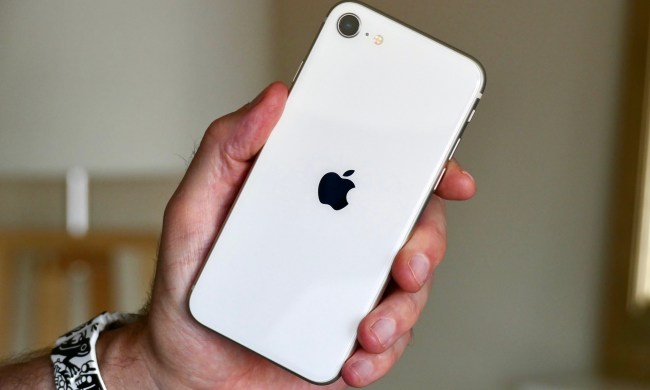The design of the iPhone can only be described as iconic. That rectangular shape has been a major influence on phone aesthetics and design since the first iPhone came onto the market back in 2007, and that isn’t likely to change. The internal design of the iPhone might radically shift, however. Apple is supposedly planning to change how the iPhone hardware is designed to accommodate better AI performance.
Essentially, Apple wants to use discrete memory rather than integrated memory. Those are technical terms that basically mean separate and together. On the internal system on a chip (SoC), any memory that is stacked on top is considered integrated memory. Discrete memory would be RAM that is packaged separately from the SoC. If reports are correct, Apple will begin using discrete memory in 2026, and the shift would result in faster memory and better AI performance, according to The Elec.
The current integrated memory build was introduced with the iPhone 4, and it quickly became a fan favorite because it resulted in a much more compact build. However, it also means there are fewer connection points and, therefore, lower speeds.

By swapping to discrete memory, the iPhone 18 (the first model likely to see this change) could transfer more data at a higher rate of speed. An added bonus is that separating the RAM from the SoC can mean better heat regulation. Given the amount of energy used to perform on-device AI calculations, the phone will likely generate a lot of heat.
Unfortunately, unless the iPhone begins to get physically larger, a few things will have to shrink in size. Namely, the battery. Battery technology is advancing quickly, but reliable battery life is still a struggle for phone manufacturers. If Apple has to shrink the size of the iPhone 18’s battery to accommodate a greater amount of RAM, overall usage time could take a hit.




